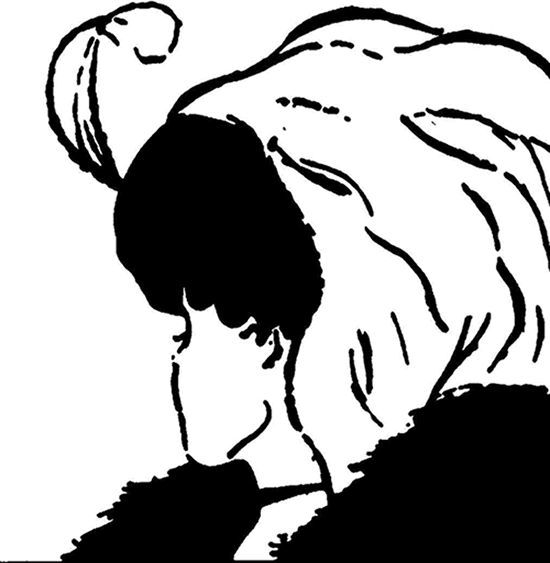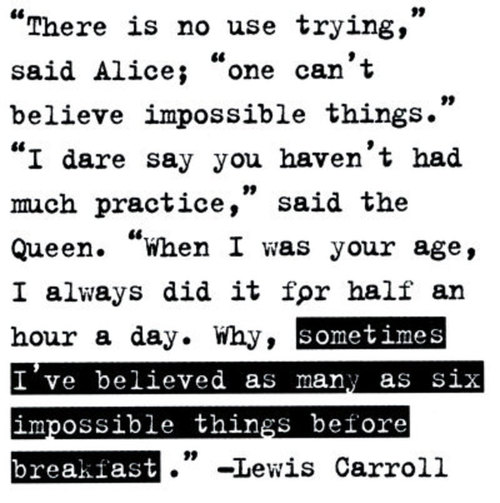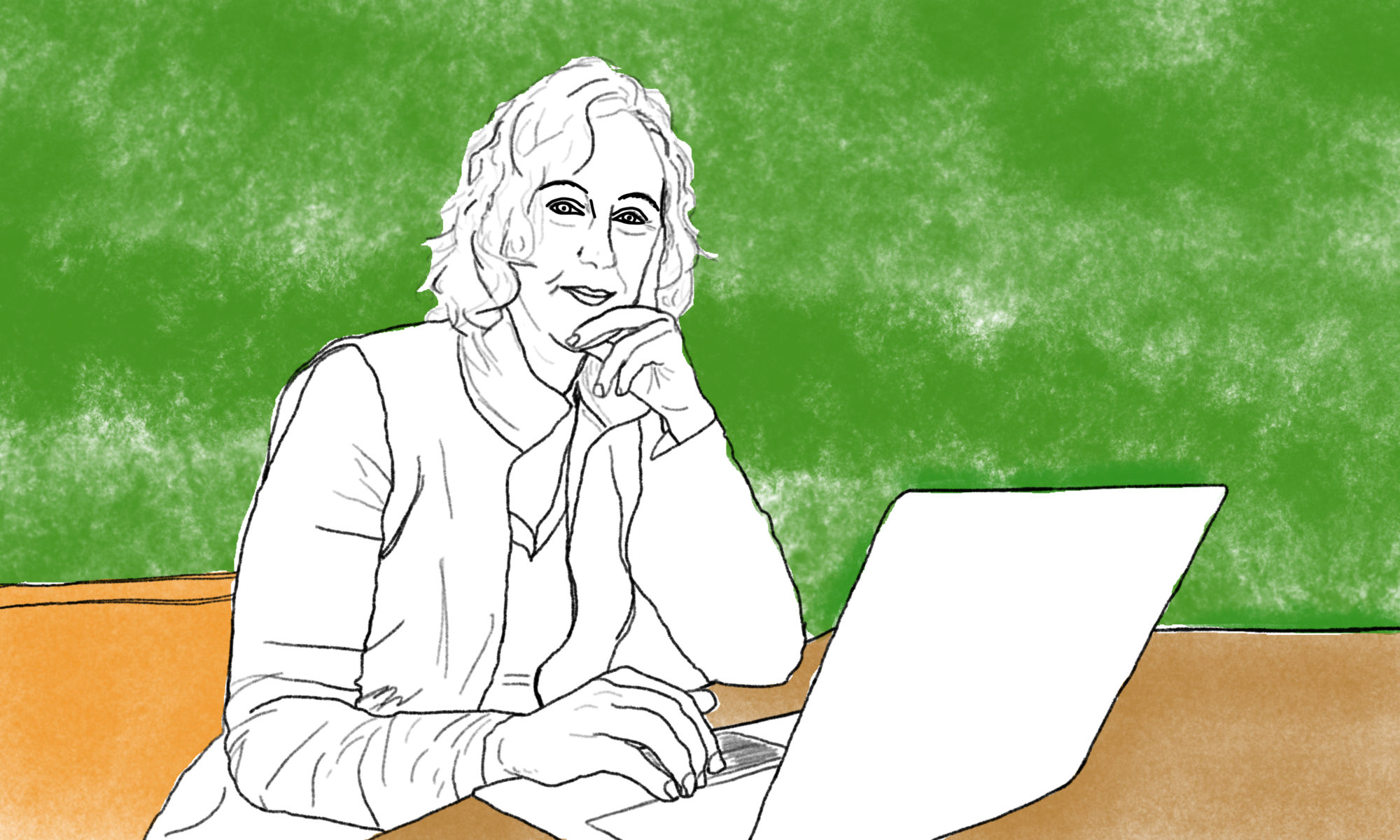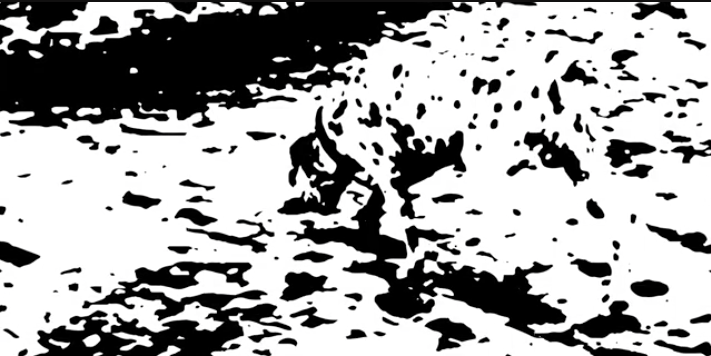What do you see in the picture above? Black spots on a white background?
–
–
–
–
What if I say that I had almost called this blog the 101 Dalmatians? Does that help?
–
–
–
If you still have no idea, stop reading and enjoy this moment. Because believe me: once I’ve explained it, you’ll never be able to look at this picture like this again, the way you see it now.
–
–
–
Well, can I?

This optical illusion is an example of is one of Hans Rosling’s rules of thumb (see Know the devil by his name, for an introduction to these rules of thumb): One perspective: make sure you acquire a toolbox. What Hans Rosling meant by this was; you often only see one point of view. This point of view not only determines what you see (because you never see everything you could see) but also how you interpret, that which you do see.
Take this picture: what you see, depends on the context in which you see it. By the way: for a long time psychologists gave al sorts of meanings to what you saw in this picture, but that is no longer considered credible today. So it is merely amusing: what do you see?

One sees a young woman looking back, over her shoulder. The other sees an old woman, looking forward. One sees a necklace, the other a mouth. One sees an eye, the other an ear.
Ultimately, pictures of women and dogs are very funny, but what significance do they have in my research? Why do I learn about optical illusions and how to fool my head?
For me the core value in these observations is, that it is very difficult to change perspectives. Once you see the Dalmatian, it is difficult to come back to that moment when you were only looking at dots. Once you see the young (or old) woman, it gives you an headache to see the other woman. With time it gets easier: the eye can get trained, and apparently so can the brain. Every one of you who has seen this picture a lot, knows how to get both the old and the young woman in view within milliseconds. Changing perspective apparently is an acquired skill that improves, when both perspectives feel familiar.
What does all this have to do with my ability to change my mind? If I have to believe ‘De Correspondent‘ (sorry, article in Dutch), a lot. In the article they write about research that shows something very striking (and at the same time something very logical): the stronger your opinion on a certain subject, the less you are able to ‘see’ the logical arguments that do not support your opinion. Facts may be important for forming an opinion, but they are often not the ‘driving force’ behind changing opinions. To get back to the optical illusions: no matter how true it is that the Dalmatian and old woman are present in the picture, if you don’t want to see them, you really can’t.
For me this point really hit home this week in the book ‘Strangers in their own land’, which I am still reading. After reading almost 2/3 of the book, I was still in the academic, contemplative position. I was constantly thinking about what I could use from the book for my research project. I did not have a real connection with the people Hochschild wrote about. The residents of the state of Louisiana, who daily deal with the consequences of environmental pollution by companies that break all the rules, while at the same time willingly voting for those politicians who give these companies room to keep on breaking rules and polluting, remained quite academic for me. I was ‘proud’ of Hochschild for taking so much trouble to write about ‘their’ side of the story. But in my head it remained just that, ‘their’ side of the story.
On page 135 in the book Hochschild begins the deep story of these people. Their story. Their perspective. I hope to record a reading session of this story for you soon, so you can hear their story for yourselves the intense way Hochschild writes it down. But imagine this: “You have been queuing up for years for the ‘American Dream’. You work hard and wait patiently. And you feel and see yourself hardly moving forward (sometimes even backwards). Again and again you see ‘others’ walking by, inserting themselves in front of you in the queue. Cutting the line? Or finding their rightful place? You don’t know, but you do know that you work hard, get older and older, and seem to be pushed further and further back”.
The deep story of the workers in Louisiana touched me. My perspective shifted: I saw the old woman. And for the first time I could understand how these people were blind to all arguments that I found very compelling, about why they shouldn’t vote for the tea-party. And how all the arguments that were hardly worth noticing in my book, were touching them deep in their hearts and minds. How it was possible that we could look on the same situation, and see a totally different picture.
So there it is: go out and get yourself a toolkit. Practice daily with your own perspective. As a very wise woman (the queen of hearts in Alice in Wonderland) once said:

Links uit dit verhaal:
The dalmatian illusion is from: edX Science of everyday thinking, do you see what I see?
De Correspondent: Waarom slimme mensen domme dingen zeggen.
Arlie Russel Hochschild: Stranger in their own land.
Hans Rosling: Factfulness

